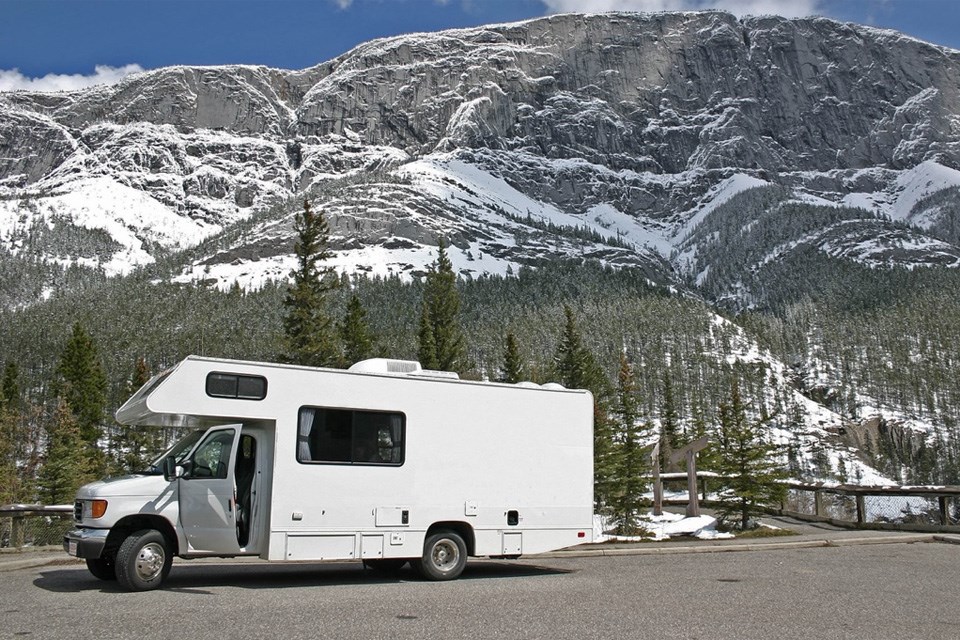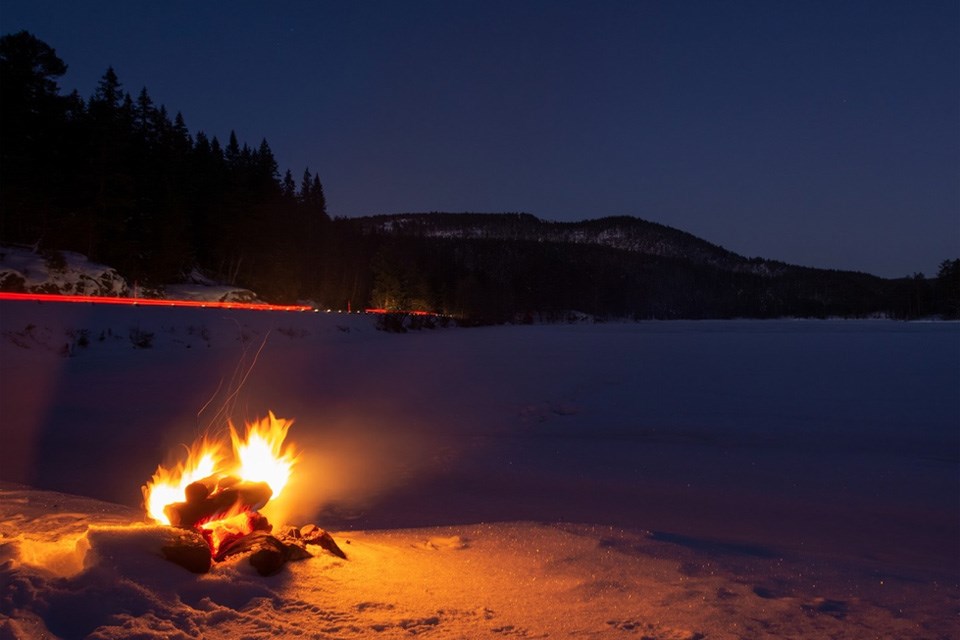Fortunately, there are a few simple insulation DIYs that can make winter camping safer and more comfortable.
Upgrading Windows Makes a Big Difference
Upgrading the windows is a great way to increase the insulation in any RV. Many RVs come with single-pane windows, which do very little to keep the interior warm in the winter (or cool in the summer). Replacing the windows or adding extra insulation to them are both possibilities.
For handy DIYers, replacing the windows may be a worthwhile weekend project. Keep in mind that most RVs will need custom windows ordered in advance. Camper Report has some basic step-by-step instructions for replacing the windows in RVs.
Adding insulation to existing windows is a simpler DIY that can also help to keep things toastier inside an RV on those cold nights. Covering windows with insulating plastic is both easy and effective. These products are inexpensive and relatively quick to install. Window insulation kits come with almost everything needed including double-sided tape, shrink wrap, and even a small cutting tool. They do require a hair dryer to complete the project, though.
Sealing Drafty Doors
RV doors can be a big problem when it comes to staying warm on winter camping trips. Installing weather stripping can make a big difference in keeping the cold air out. The same plastic used for insulating the windows can be used on the door to give a little extra protection from the cold.
At night, try tacking up a thick blanket or sleeping bag over the door to give some further warmth. It does not look great, but it can make a big difference if the door is particularly drafty.

Don’t Forget the Underbelly
Windows and doors are pretty obvious places to start when adding insulation to an RV, but the underbelly of a trailer is also very important. If a trailer does not have adequate underbelly insulation, it is more likely that cold air will leach into the trailer through the floor.
There are a couple of underbelly insulation choices that are suitable for DIY projects. Both foam panels and insulated sheeting work. Whichever method is used, it is important to get a good look at the layout of the area in order to avoid damaging any lines that are down there. Consider adding some extra insulation to water lines while working on the underbelly.
Adding extra insulation to the windows, door, and the underbelly of the RV can make a big difference to any winter camping trip. Camping in a properly insulated RV allows outdoor enthusiasts the ability to stay warm and safe while enjoying the beautiful Alberta winter landscape.
 This story was made possible by our Community Partners Program. Thank you RV City for helping to expand local news coverage in Alberta. Learn more.
This story was made possible by our Community Partners Program. Thank you RV City for helping to expand local news coverage in Alberta. Learn more.


